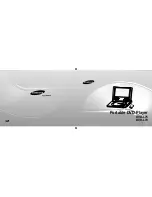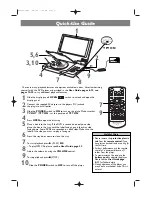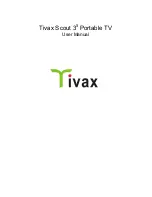
Getting started 37
About P25 digital radios
Your P25 digital radio can be programmed for P25
conventional or P25 trunked operation. Analog
conventional operation is also available, with dual-
mode channels able to transmit and receive both
digital and analog calls.
You may notice differences between digital and
analog calls in terms of:
■
static noise in low signal areas, and
■
radio coverage in marginal reception areas.
Lack of static noise
On digital networks there is no static noise, even in
low signal areas. This lack of static is because your
digital radio removes the ‘noise’ from the call, so that
you hear only clear voice.
Coverage
With digital networks, a call remains clear and then
drops off quickly at the border of a coverage area. The
reason for this is that a digital call is either received or
it isn't. With analog networks, the background noise in
a call gets progressively worse when you are in fringe
areas or even slightly outside normal coverage areas.
P25 phase 2 operation
This feature is controlled by a software license
(SFE) and may not be available with your radio.
TP9400 radios can be programmed to operate on P25
trunked phase 2 networks. You will recognize that
your radio operates on a P25 phase 2 network, if the
RSSI indicator does not disappear while transmitting.
This is because the radio continues to receive data in
the background.
If one participant of a call uses a P25 phase 1 radio,
the call may be made as a P25 phase 1 call.
Summary of Contents for TP9400 Series P25
Page 1: ...TP9400 P25 Portable Radios User s Guide MPD 00003 05 Issue 5 March 2016 ...
Page 2: ......
Page 176: ...176 Tait Software Licence Agreement ...
Page 177: ......
Page 178: ......
















































